PARAGLIDING FAQ : FREQUENTLY ASKED QUESTIONS ABOUT PARAGLIDING

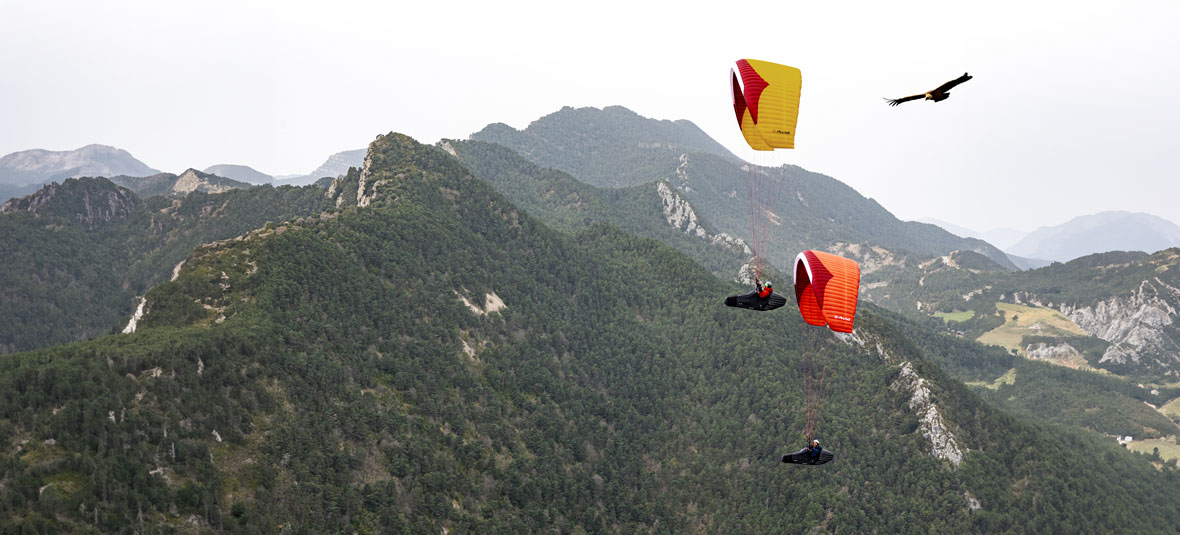
Paragliding offers an incomparable experience, combining thrills, overflights and panoramic views. However, like all aerial activities, paragliding raises a number of questions for novices and experienced pilots alike. To help you discover or practice paragliding, we have compiled a series of frequently asked questions.
HOW TO PACK YOUR PARAGLIDER ?
Folding your glider is a crucial step in ensuring its longevity and performance in flight. Paragliders are strong, but they need to be cared for. Proper folding preserves the fabric and lines of your glider. Here's a tried-and-tested method for folding your paraglider:
- Checking : Make sure the sail is clean and dry, with no grasshoppers in it.
- Spreading and smoothing : Spread the glider out on a flat surface and smooth it gently to avoid wrinkles.
- Accordion folding : Fold the glider accordion-fashion, following the cells, so that the seams are aligned.
- Packing : Carefully roll up the sail and place it in its protective bag.
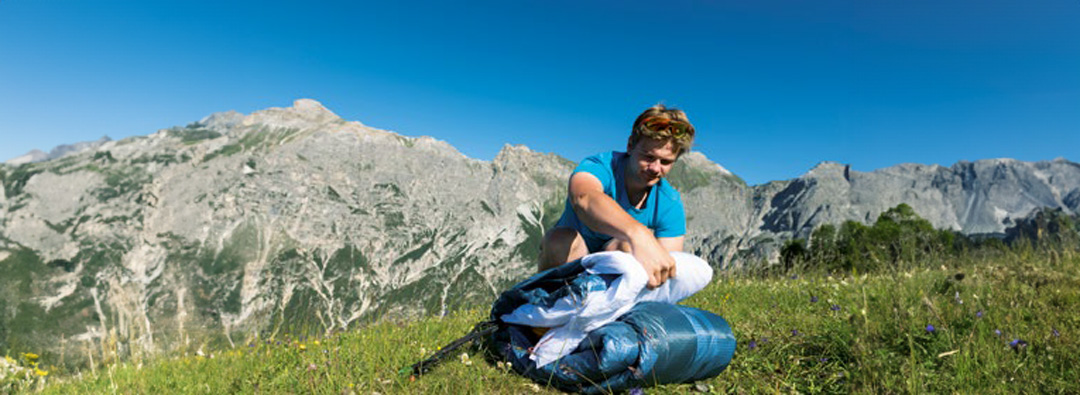
HOW TO STORE YOUR PARAGLIDING EQUIPMENT PROPERLY ?
Proper storage of your paragliding equipment is essential to preserve its quality and ensure your safety in flight. Here are a few tips:
- Temperature and humidity : Store your equipment in a cool, dry place, away from heat and humidity.
- UV protection : Avoid prolonged exposure to UV rays, which can damage the fabric of your glider.
- Protective bag : Use a protective bag to store your sail and harness.
HOW DO I GET MY PARAGLIDER CHECKED ?
Regular checks on your glider are essential to guarantee safe flying. Here are the steps to follow:
- Visual inspection : Check your glider regularly for signs of wear or damage.
- Professional inspection : Have your glider professionally inspected at least once a year, or as recommended by the manufacturer.
- Documentation : Keep a record of checks and repairs.
WHAT ARE THE BEST WEATHER CONDITIONS FOR PARAGLIDING ?
Weather conditions play a crucial role in paragliding. If only for take-off and landing. Paragliding is an outdoor sport, and is therefore governed not only by weather conditions, but also by aerological conditions. Here are a few things to consider before you take off:
- Wind : A stable, light wind is ideal. Avoid days with strong or turbulent winds.
- Thermals : Thermals can make for a prolonged flight, but require a certain amount of expertise.
- Visibility : Prefer clear days for better visibility and a safer flying experience.
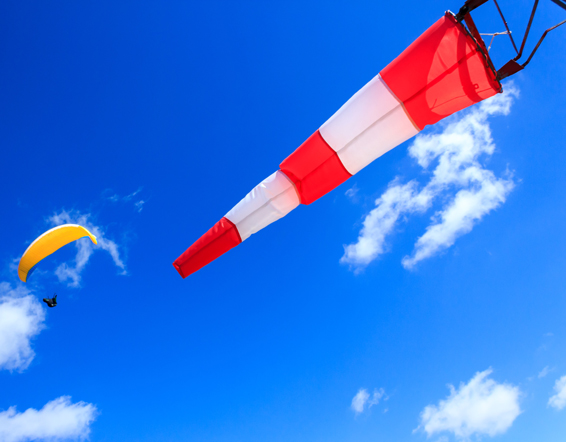
WHAT ARE THE BEST WEATHER CONDITIONS FOR PARAGLIDING ?
Weather conditions play a crucial role in paragliding. If only for take-off and landing. Paragliding is an outdoor sport, and is therefore governed not only by weather conditions, but also by aerological conditions. Here are a few things to consider before you take off:
- Wind : A stable, light wind is ideal. Avoid days with strong or turbulent winds.
- Thermals : Thermals can make for a prolonged flight, but require a certain amount of expertise.
- Visibility : Prefer clear days for better visibility and a safer flying experience.
HOW TO CHOOSE YOUR PARAGLIDING SCHOOL ?
The choice of your paragliding school is fundamental to acquiring a good grounding in paragliding, whether it's a refresher course or an introductory course. Consider these criteria:
- Certifications : Make sure the school and its instructors are certified by the relevant authorities.
- Testimonials : Look for reviews and testimonials from former students.
- Training program : Examine the proposed program, which should cover both theory and practice.
WHERE TO BUY PARAGLIDING EQUIPMENT ?
Buying your own equipment is a major investment. Here are a few tips:
- Specialized stores : Choose specialized stores that can advise you effectively.
- Compare prices and quality : Compare offers in terms of quality, price and guarantees.
- Community Reviews : Consult forums and online reviews for recommendations.
HOW DO AIRSPACES WORK FOR PARAGLIDING ?
Knowledge of airspace is crucial to safe flying. It is important to :
- Study Aeronautical Charts : Familiarize yourself with the aeronautical charts of your flying area.
- Respect regulations : Respect air regulations and prohibited areas.
- Communication : Communicate with other airspace users and keep abreast of conditions.
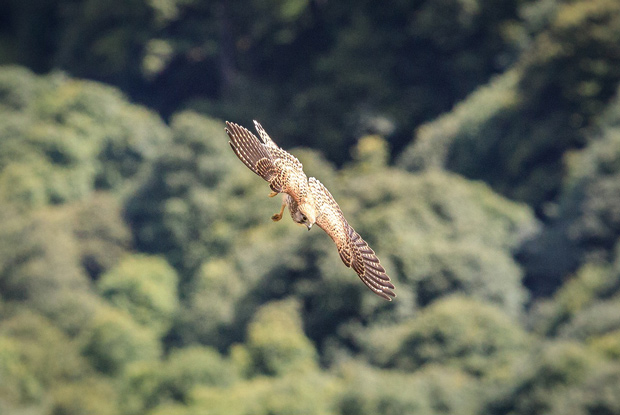
CAN I GO PARAGLIDING WITH MY DOG ?
Taking your dog paragliding can be a unique experience, but requires careful preparation :
- Suitable harness : Make sure you have a harness that is suitable and safe for your dog.
- Training : Get your dog used to the equipment and the thrill of flying in complete safety.
- Veterinary consultation : Consult your vet to make sure your dog is fit to fly.
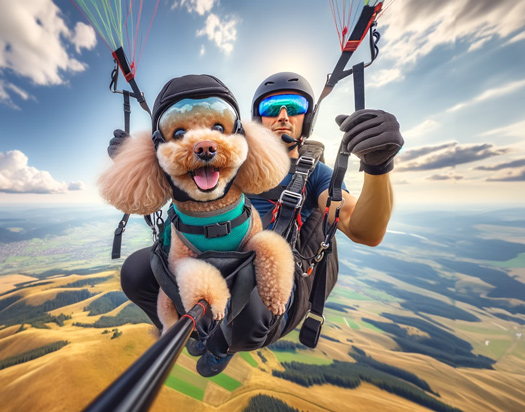
HOW DO AIRSPACES WORK FOR PARAGLIDING ?
Knowledge of airspace is crucial to safe flying. It is important to :
- Study Aeronautical Charts : Familiarize yourself with the aeronautical charts of your flying area.
- Respect regulations : Respect air regulations and prohibited areas.
- Communication : Communicate with other airspace users and keep abreast of conditions.

CAN I GO PARAGLIDING WITH MY DOG ?
Taking your dog paragliding can be a unique experience, but requires careful preparation :
- Suitable harness : Make sure you have a harness that is suitable and safe for your dog.
- Training : Get your dog used to the equipment and the thrill of flying in complete safety.
- Veterinary consultation : Consult your vet to make sure your dog is fit to fly.

DO I NEED TO REGISTER MY PARAMOTOR GLIDER ?
Registration of your paramotor glider may be required by local regulations. Check with the aviation authorities in your country for specific requirements.
This article is an introduction to common questions about paragliding. Please contact us if you have any further questions !








